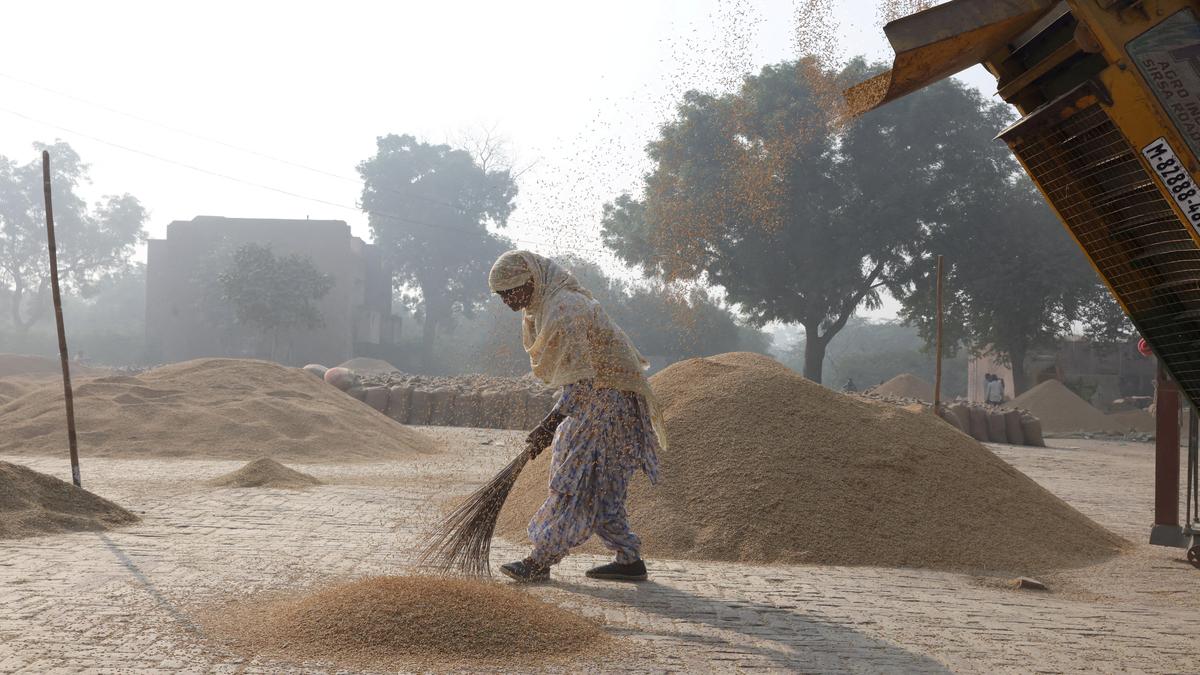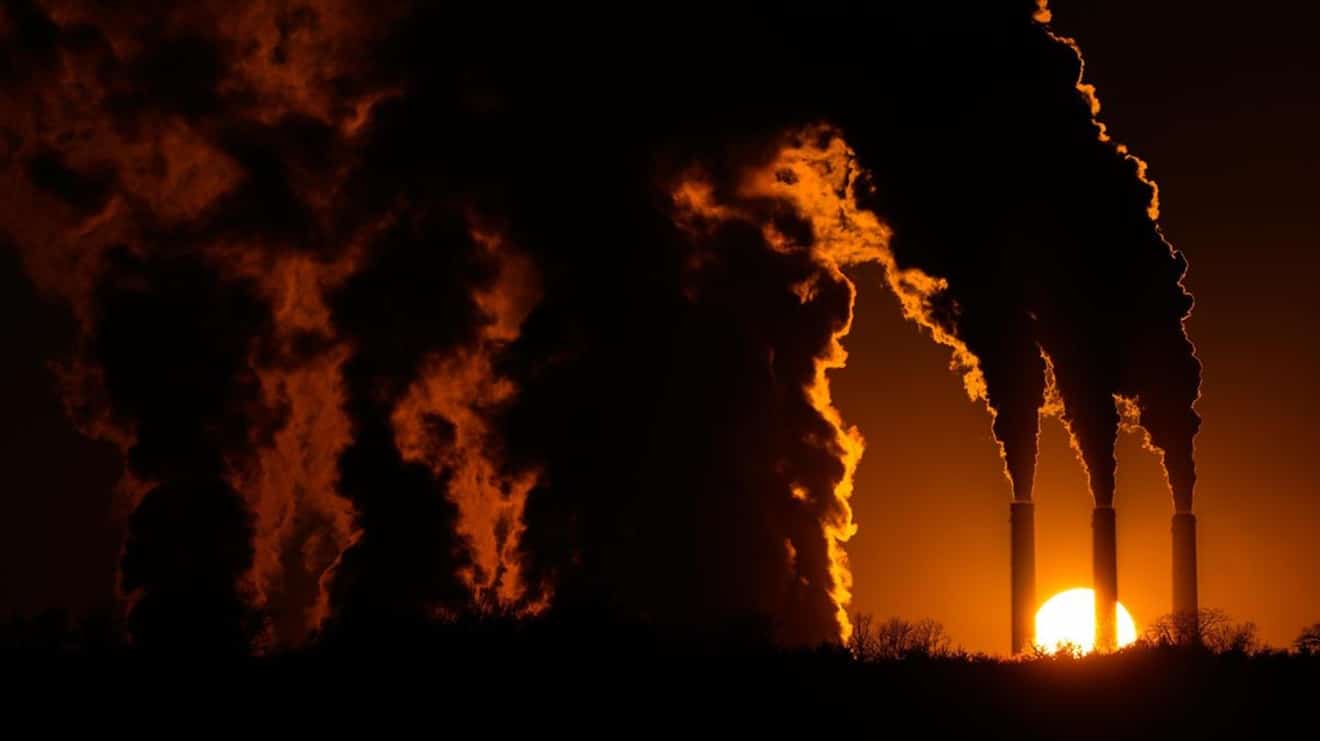What’s in today’s article?
- Why in News?
- Glacier
- Key highlights of the study
Why in News?
- A global study titled “The Development of Terrestrial Ecosystems Emerging After Glacier Retreat” waspublished in Nature.
- The study highlights that while glacier retreat accelerates climate change by reducing surface reflectivity and releasing stored carbon, the emerging post-glacial ecosystems could help mitigate these effects.
Glacier
- About
- Glaciers are large, dense masses of ice that form on land and move slowly downhill due to gravity.
- They form when snow accumulates over many years, often centuries, and turns into ice.
- Glaciers and ice caps store about 68.7 percent of the world’s fresh water, according to the US Geological Survey..
- How do glaciers form?
- Snow accumulation – Glaciers form in areas where snow accumulates year-round and doesn’t melt completely in the summer.
- Snow compression – As new layers of snow fall, they compress the snow below, forcing it to recrystallize into grains.
- Firn formation – If the snow survives a melt season, it forms a denser layer called firn.
- Ice crystal growth – The snow and firn are compressed further by more snow, causing the ice crystals to grow and become connected.
- Regions where glaciers are found
- Glaciers cover an estimated 700,000 square kilometers, with most located in Antarctica.
- While glaciers are primarily found near the poles, they exist on every continent except Australia.
- However, in Oceania, glaciers can be found in New Zealand, Indonesia, and Papua New Guinea.
- Glaciers form in areas with high winter snowfall and low summer temperatures, such as Alaska, Patagonia, and the Himalayas.
- In regions like the Arctic islands of Canada, glaciers form due to cold year-round temperatures, even with low snowfall.
- Generally, glaciers develop at high latitudes or elevations, with higher elevations required closer to the equator.
- Glacier retreat
- Glacier retreat refers to the process where a glacier shrinks and loses mass as a result of melting and the reduction in snowfall needed to replenish it.
- This occurs when the rate of ice melt exceeds the rate of new snow accumulation.
- As temperatures rise due to climate change, glaciers retreat more rapidly, which can lead to rising sea levels, altered water supply, and ecosystem changes.
Key highlights of the study
- About the study
- A global study titled “The Development of Terrestrial Ecosystems Emerging After Glacier Retreat” was published in Nature.
- Led by Professor Gentile Francesco Ficetola and Silvio Marta, the study analyzed over 1,200 soil samples from nearly 50 glaciers worldwide.
- It also included contributions from Dr. Pritam Chand (Central University, Punjab) and Professor Milap Chand Sharma (Jawaharlal Nehru University).
- They contributed to this study by analysing samples from the Gangotri and Bara Shigri glaciers in the Indian Himalayas.
- Key findings
- The study highlighted that the retreat of glaciers may be one of the most evident signs of climate change, but it will leave behind new ecosystems that could help mitigate climate change.
- The findings show that microorganisms, followed by hardy plants like mosses and grasses, are the first to colonize these barren landscapes, creating soil and enabling more complex life.
- The study suggests that with proper management, these ecosystems can grow rapidly, aiding in climate change mitigation through carbon capture, while also serving as refuges for cold-adapted species.
- In the Himalayas, these ecosystems are vital for regulating water availability, supporting agriculture, hydropower, and biodiversity.
- Need to study the development of terrestrial ecosystems after glacier retreat
- Experts highlight that, in India, studying the development of terrestrial ecosystems after glacier retreat is crucial.
- These ecosystems regulate water availability, impacting rivers that support millions of people with drinking water, agriculture and hydropower.
- Additionally, the biodiversity in these areas offers potential for medicinal and agricultural discoveries, while promoting eco-tourism to boost local economies.
- Protecting and studying these ecosystems can lead to valuable ecological benefits, including the discovery of new plants with potential for medicine and farming.
Q.1. How do post-glacial ecosystems contribute to mitigating climate change?
Post-glacial ecosystems, rich in microorganisms and plants, can capture carbon and grow rapidly, which helps slow down climate change by storing carbon and supporting biodiversity.
Q.2. Why is it important to study post-glacial ecosystems in India?
In India, post-glacial ecosystems are crucial for regulating water availability, supporting agriculture and hydropower, and maintaining biodiversity, which impacts millions of people.
Source: Post-glacial ecosystems could help slow down climate change: Study
Last updated on January, 2026
→ Check out the latest UPSC Syllabus 2026 here.
→ Join Vajiram & Ravi’s Interview Guidance Programme for expert help to crack your final UPSC stage.
→ UPSC Mains Result 2025 is now out.
→ UPSC Notification 2026 is scheduled to be released on January 14, 2026.
→ UPSC Calendar 2026 has been released.
→ UPSC Prelims 2026 will be conducted on 24th May, 2026 & UPSC Mains 2026 will be conducted on 21st August 2026.
→ The UPSC Selection Process is of 3 stages-Prelims, Mains and Interview.
→ Prepare effectively with Vajiram & Ravi’s UPSC Prelims Test Series 2026 featuring full-length mock tests, detailed solutions, and performance analysis.
→ Enroll in Vajiram & Ravi’s UPSC Mains Test Series 2026 for structured answer writing practice, expert evaluation, and exam-oriented feedback.
→ Join Vajiram & Ravi’s Best UPSC Mentorship Program for personalized guidance, strategy planning, and one-to-one support from experienced mentors.
→ UPSC Result 2024 is released with latest UPSC Marksheet 2024. Check Now!
→ UPSC Toppers List 2024 is released now. Shakti Dubey is UPSC AIR 1 2024 Topper.
→ Also check Best UPSC Coaching in India
















